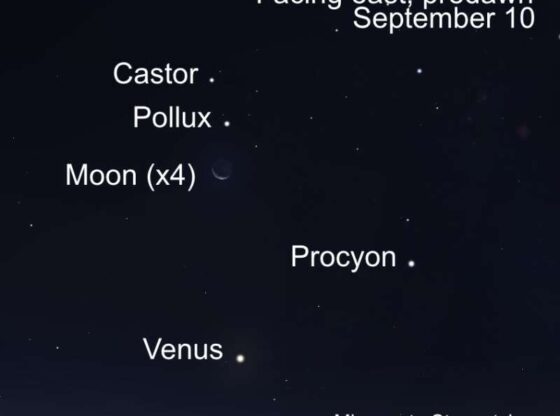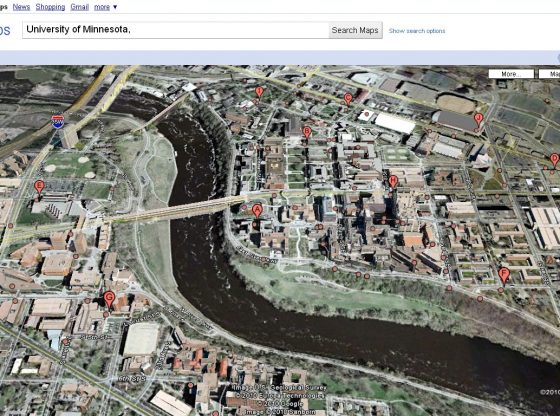Protecting the state’s waterways and the workers who maintain them
Do you remember the song “Outshined” from the 1991 Sound Garden Album Badmotorfinger? One memorable lyric from the first stanza, “I’m looking California, and feeling Minnesota” was believed by many that Chris Cornell meant he was feeling inadequate compared to others or felt Midwestern, i.e. pale in comparison to others.
When questioned about what he meant, Chris never really explained his full meaning, but indicated his words were “the dumbest thing.” One thing the average listener may not realize about this saying is that people in Minnesota frequently refer to land around any body of water as the “beach” where you “build a bonfire, play corn hole and drink beer” (or the beverage of your choice).
There were many other interpretations of this famous lyric, but in the end, many came to find that Cornell wanted to go to the water anywhere and feel like he does in Minnesota where people are Midwestern and content to be so.
Water: greatest natural resource in Minnesota
Chris’s lyrics would certainly coincide with Minnesota’s citizen’s appreciation of their gift of nature. Water in the State of Minnesota is its most plentiful natural asset. Minnesota has over 90,000 miles of shoreline (beach) along its 11,000 plus lakes, which exceeds all other states in the U. S. Minnesota is located adjacent to Lake Superior and accesses the Mississippi River, Whitewater River, Missouri River, and Des Moines River, just to name a few. The state has a total of 6,564 natural rivers and streams with 80 watersheds in the state according to the State of MN Department of Natural Resources.
Feeling Minnesota.All regions of Minnesota struggle to keep their water pristine and sparkling, especially the Southern region where farming is a dominant way of life. Two of the biggest industries in the state, agriculture and manufacturing, are the two most apt to cause environmental pollution to the waterways.
Agriculture depends on the water for livestock, irrigating crops, and processing the crops into the final product. Industrial businesses depend on the water as well to support processes used in manufacturing. Recreational businesses are centered on water activities and sports, which also result in environmental pollution to a lesser degree. This impacts other industries that offer services like banking or workers compensation insurance in Minnesota.
Any amount of environmental pollution affecting the water causes a ripple effect throughout the state as it spreads through the network of rivers, streams and lakes, seeps into the water table and the aquifer and then leeches into the land permeating the water and the soil as it goes.
Businesses and government in Minnesota have a keen awareness of environmental issues. As a result, Minnesotans actively pursue new and innovative methods to reduce and eventually eliminate environmental pollution of the waters. These include regulations to implement DPR (Direct Potable Reuse).
However, this concept has not really taken hold due to public reaction and the yuk factor. IPR (Indirect Potable Reuse) of water has already been a practice widely utilized for years. Building trenches or agricultural drainage ditches beside waterways to buffer or filter pollution has caught on, but it still meets some resistance by small closely held farms and land owners.
Other innovations included Clean up, Earth Day and water well testing. Even so there is a lot more that can be done.
Water clusters and environmental pollution management go hand in glove
Business owners, government, financial institutions, academia and people from all walks of life are gathering to bring about the rapid development of Water Technology Industries in Minnesota. This is commonly referred to as a water cluster. After successes in other states, this business concept appears to have a very promising future.
A cluster means a combination of new businesses focused on water technology in four core areas including:
- Water treatment products and services
- Water infrastructure and products and services
- Water efficiencies products and services
- Water technology products and services
Of course, there could still be environmental pollution as a result of processes utilized in the water industry. But all staff involved in the water industry are focused on reducing and preventing pollution. Efforts on the part of the State of Minnesota including the Minnesota Pollution Control Agency seek to help prevent pollution through the use of tools for businesses.
The MPCA is encouraging businesses to voluntarily develop an environmental management system which may be registered if they choose to. Water cluster business are highly likely to develop such a plan. These EMSs have the added benefit of improving workers’ health and safety while increasing efficiency and profitability.
Safety plans have long been recognized as a sure method for reducing workers’ compensation insurance costs.
Environmental management systems use the same concept by minimizing workers’ exposure to pollutants thus reducing incidents of chemical accidents and exposure to occupational diseases caused by pollutants thus reducing workers’ compensation costs for the employer. Companies that develop an environmental management system are very likely to employ workers so they will want to fully apprise their insurance agent and carrier.
Bright Future for Minnesota Water Technology Business
So the future looks bright for water technology business in Minnesota in consideration of the natural and business resources available to them. They can look forward to increased profits as well as reduced workers’ compensation insurance costs, reduced liability for environmental pollution, and reduced fees and costs for pollution violations by utilizing an Emergency Management System. In addition, all residents will benefit from crystal clean water and continue to have the opportunity to enjoy the gorgeous water resources that Minnesota has to offer.




